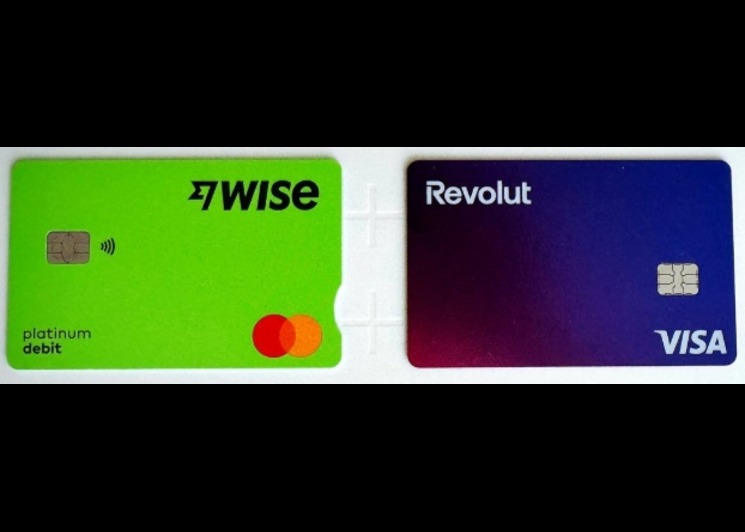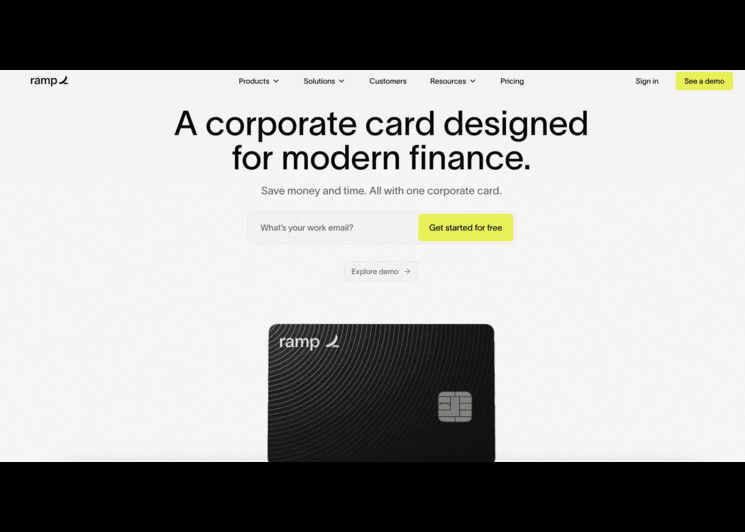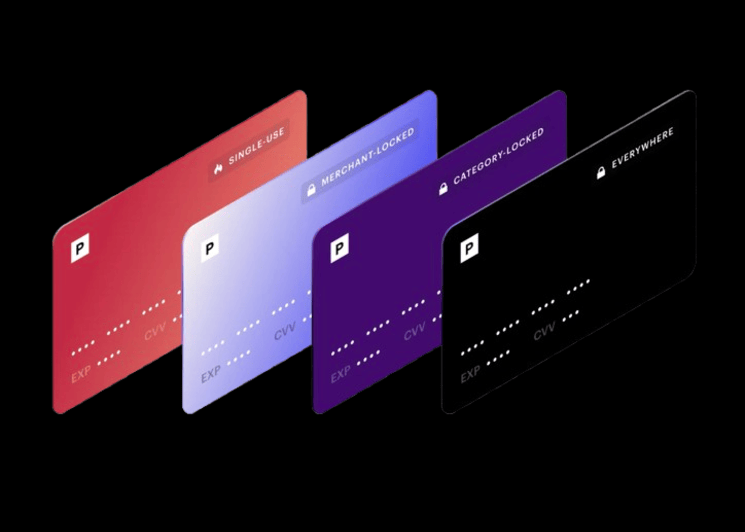How 3D secure authentication strengthens modern virtual-card payments

When your checkout asks one more time, “Please verify this payment,” that extra step is usually the system called 3D secure authentication. For online card payments this layer checks that the person using the card is the real cardholder, and it’s an increasingly standard step for reducing fraud and meeting regional rules for “strong customer authentication.”
Beyond how it works technically, what matters is its real-world impact, especially for merchants, media buyers, and businesses managing multiple ad payments. Tools like Bycard, which offer virtual cards with instant activation, spend controls, and ad-platform-specific options, make it easier to stay compliant while keeping transactions secure and campaigns uninterrupted.
- How 3D secure authentication strengthens modern virtual-card payments
- What 3D secure authentication does
- How Bycard Virtual Cards Enhance 3D Secure Authentication
- Understanding Bycard’s BIN and Its Role in 3D Secure Authentication
- Practical scenarios: how to apply 3D secure authentication with Bycard
- A short, actionable checklist (for product managers and media buyers)
- For compliance and fraud teams: data to watch
- Potential Pitfalls to Watch Out For
What 3D secure authentication does
3D secure authentication adds a verification handshake between the card issuer and the merchant at checkout. The issuer uses whatever data it can, an OTP to your phone, a push notification, or risk signals it receives from the merchant, to decide whether to approve, challenge, or decline the purchase. The newer versions support “frictionless” approvals when the issuer’s risk model is satisfied and only show a challenge when something looks off.
Why this matters: it reduces fraud and can change who is liable for certain chargebacks, two outcomes that matter when you’re buying ads or running subscriptions at scale.
How Bycard Virtual Cards Enhance 3D Secure Authentication

Virtual cards behave differently from physical cards in useful ways, and platforms like Bycard have features that help with both authentication and operational resilience:
- Instant provisioning: Bycard issues virtual cards quickly so you can spin up dedicated cards per campaign or vendor. That matters because 3D secure authentication checks are often per-card; isolating spend keeps any one card’s risk profile clean.
- Spend controls and limits: Bycard’s per-card limits and lock/unlock controls reduce exposure if a transaction is challenged due to suspicious activity, you can stop a card mid-campaign rather than pause all ad spend.
- Platform-specific VCCs: Bycard lists solutions tailored to ad sources (Google, Facebook, TikTok, etc.). Using a distinct virtual card per ad account reduces cross-contamination of risk signals that might otherwise trigger more frequent authentication challenges.
- Better reconciliation and receipts: When issuers rely on richer transaction metadata (a key part of modern authentication decisions), having clean receipts and structured expense data, features Bycard advertises, helps issuers make frictionless decisions.

Perfect Card for running ads!
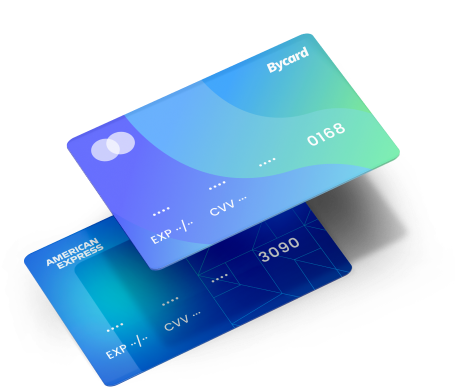
Understanding Bycard’s BIN and Its Role in 3D Secure Authentication
Every card, physical or virtual, is tied to a Bank Identification Number (BIN), which identifies the issuing institution and the card’s region, type, and currency. In the context of 3D secure authentication, the BIN quietly plays a major role in how transactions are evaluated and verified.
When a customer makes a payment, the issuer uses the BIN to determine:
- Risk level: Some BIN ranges have stronger anti-fraud records or better historical approval rates.
- Geolocation: If the card’s BIN region doesn’t match the user’s device location or merchant region, the issuer may trigger a authentication challenge.
- Currency handling: Multi-currency BINs allow issuers to process transactions natively in different currencies, reducing friction and false declines.
Bycard’s virtual cards use carefully selected BINs designed to improve acceptance rates and reduce unnecessary authentication friction, especially for merchants running international ad campaigns or media buyers managing multi-region spend.
Because Bycard supports multiple BIN options, users can choose cards that align with specific platforms or geographic locations (for example, using a UK or EU BIN for ad accounts in those regions).
This strategic BIN variety helps:
- Lower 3D Secure challenge rates by aligning region and currency data with the issuer’s expectations.
- Improve approval consistency for recurring and cross-border transactions.
- Enhance campaign reliability by ensuring ad platforms recognize the card as valid for their market.
Bycard’s BIN diversity complements 3D secure authentication by reducing the triggers that lead to friction, while keeping payment security intact. It’s one of the behind-the-scenes reasons why Bycard cards perform reliably across different ad networks and payment gateways.
Practical scenarios: how to apply 3D secure authentication with Bycard
Media-buying campaigns (Facebook, Google, TikTok)
Create a dedicated Bycard virtual card per campaign or ad account. If one card is flagged and triggers a 3D secure authentication challenge, only that campaign is affected. Bycard’s ad-focused VCC solutions exist to support this exact flow.
Subscription or recurring billing
Use Bycard’s card-on-file features but set renewal cards with low initial limits and a scheduled top-up. That reduces the risk profile and helps issuers pass many renewals without frequent 3D secure authentication prompts.
Freelancers and affiliates
When affiliates run ads on behalf of clients, use Bycard to separate agency spend from personal accounts. That separation reduces anomalous device/region signals that often trigger 3D secure authentication challenges.
Cross-border and multi-currency purchases
Because issuers consider geography and currency during authentication, use Bycard’s multi-currency and BIN options to match the expected issuer profile for a region, reducing unnecessary 3D secure authentication friction
A short, actionable checklist (for product managers and media buyers)
- Issue one virtual card per ad account or campaign.
- Set conservative spend limits and auto-top up rules.
- Send rich metadata with each transaction (merchant name, campaign ID) so issuers can make frictionless 3D secure authentication decisions.
- Monitor challenge rate and conversion drop-offs after implementing VCCs; compare before/after.
- Train support to handle “authentication failed” messages and to guide users through issuer steps.
- If a single card repeatedly triggers 3D secure authentication, retire it and replace with a fresh Bycard virtual card.
For compliance and fraud teams: data to watch
Track these metrics monthly:
- Authentication trigger rate (how often 3D secure authentication is invoked).
- Challenge acceptance rate (percentage of challenges that result in completed purchase).
- Chargeback rate before and after virtual-card adoption.
- Conversion delta after a challenge (drop-off seconds after a 3D challenge appears).
Bycard advertises reporting, reconciliation and expense reports, these features are exactly what makes those metrics easy to track and attribute.
Potential Pitfalls to Watch Out For
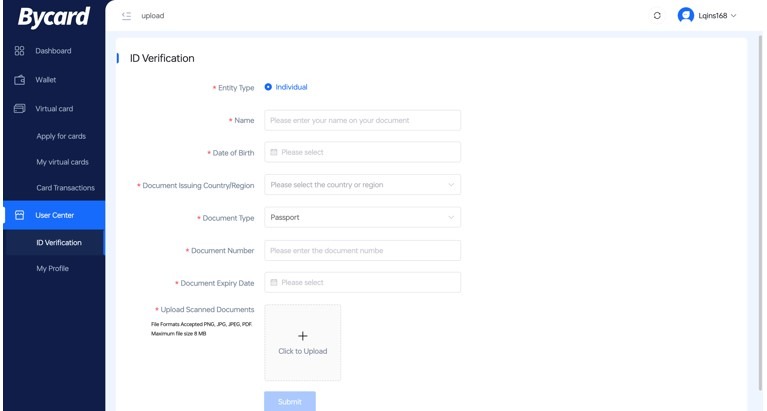
- Some issuers treat virtual cards differently; not all cards support the same authentication methods. If a card repeatedly fails 3D secure authentication, contact the issuer or rotate cards.
- Poor UX (unclear messages at the point of a 3D challenge) causes abandonment. Make the redirect/verification messaging obvious. Bycard’s blog posts about card security and fraud prevention stress clear user communication as a best practice.

Perfect Card for running ads!

Conclusion
3D secure authentication isn’t just another compliance checkbox, it’s one of the most effective ways to balance security with user trust. When implemented correctly, it filters out fraud, reduces chargebacks, and reassures customers that their payments are safe. But for businesses running multiple campaigns, vendors, or online stores, the key is to pair that authentication layer with flexible, data-driven tools.
That’s where Bycard stands out. With its instant virtual card creation, per-card spend limits, and platform-specific controls, Bycard helps merchants keep payments smooth even when 3D secure checks are triggered. The combination of strong authentication and adaptable payment infrastructure ensures that your transactions stay both compliant and efficient.


